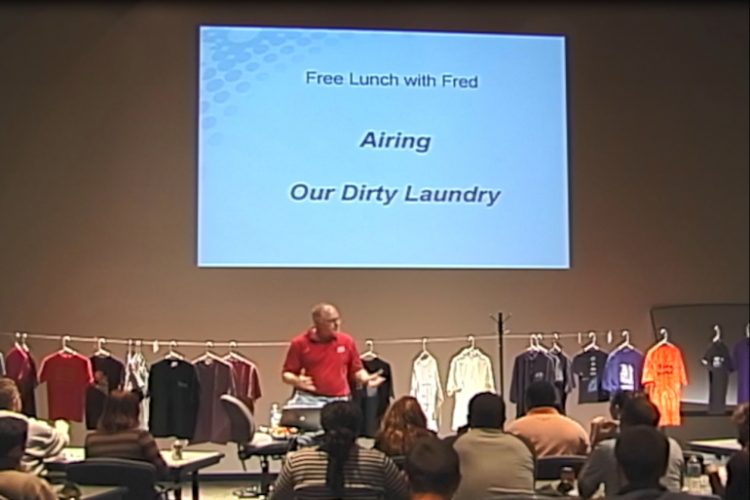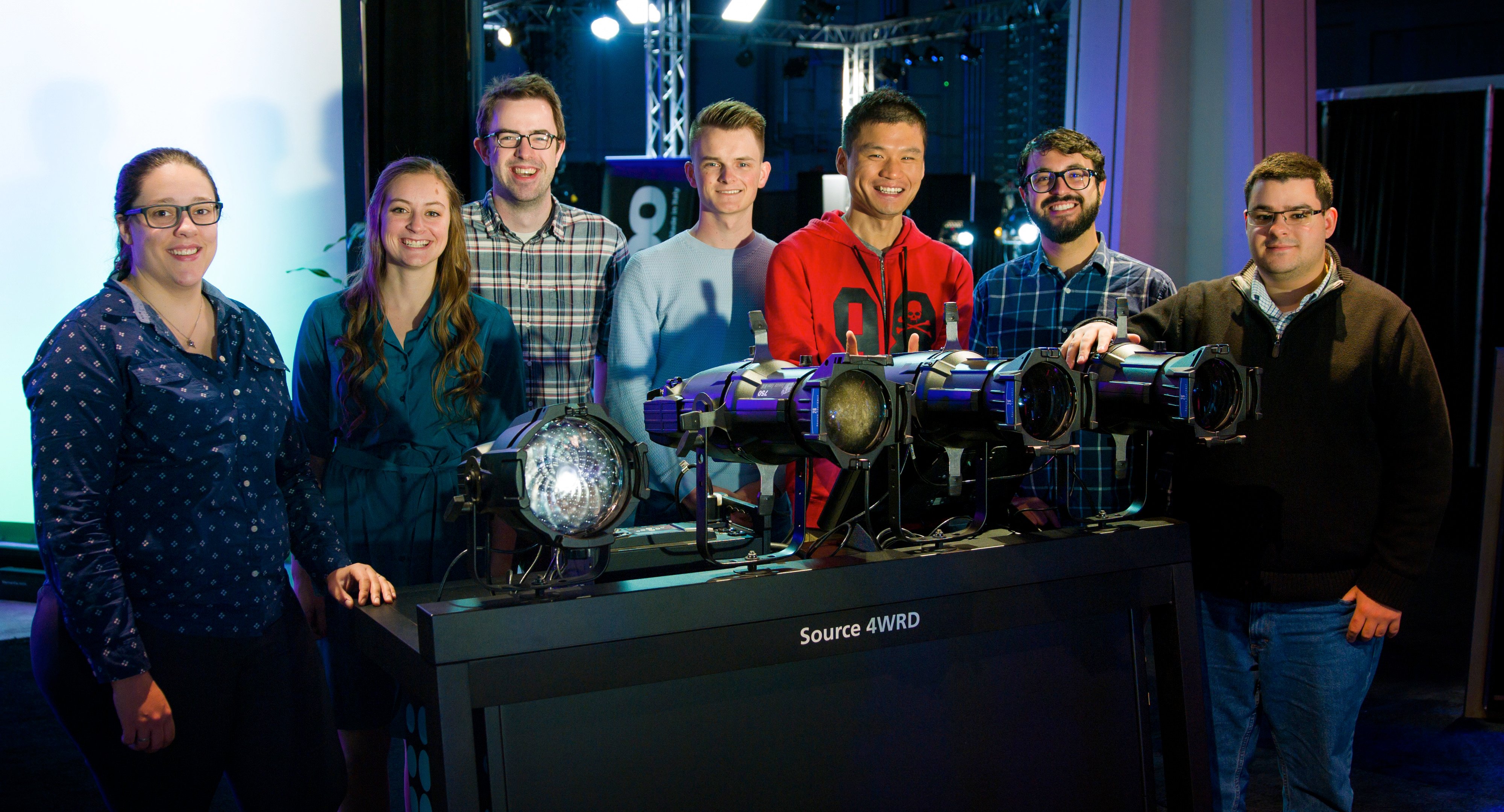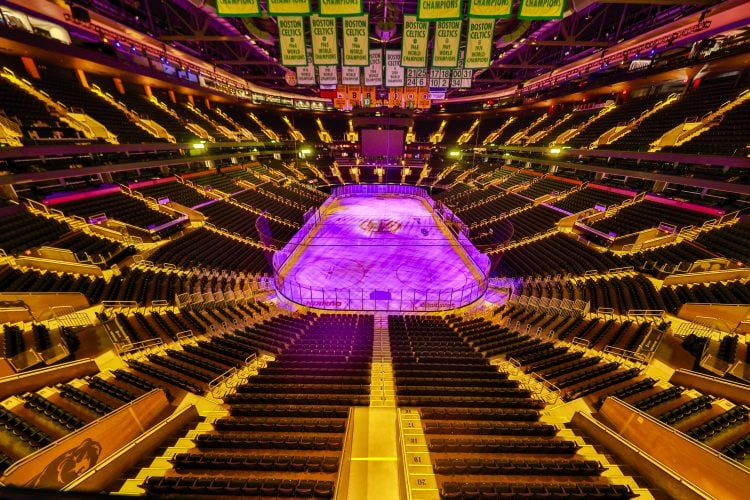The National Museum of the United States Army tells the story of more than 245 years of Army history. Much of the information throughout the exhibits is relayed through the eyes of American soldiers. From macro-scale artifacts to immersive A/V presentations, the museum required sophisticated and dramatic lighting across 45,000 square feet of exhibit space.
Enter lighting designers from Available Light. Joining the team after the project was five years underway, Steven Rosen and Derek Barnwell took lead on specifying and designing the lighting that would properly tell the museum’s story. There are nine galleries in total with a carefully planned flow from gallery to gallery. ETC’s Source 4WRD and ColorSource Spot are plentiful in the final design.
With 27-foot-high ceilings, Available Light had a lot of vertical space to work with. The intention in their design is evident in elements large and small throughout the exhibits. For example, the Soldier Stories section highlights each soldier’s pylon with clean, crisp lighting in contrast to the moody and blended lighting found in much of the remaining galleries.
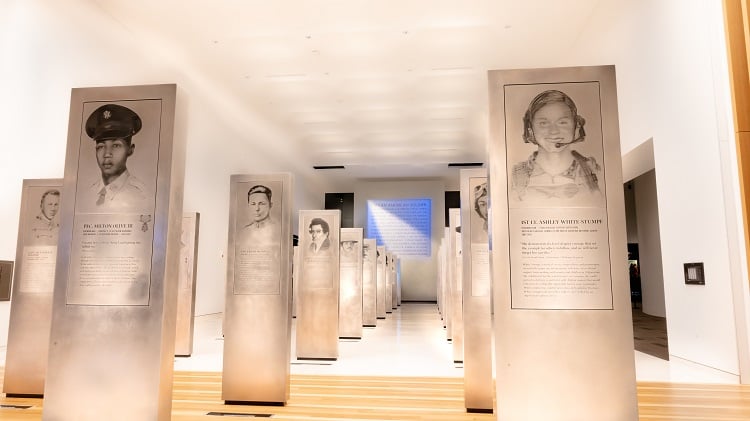
Slated to open in 2013, the original lighting design was initially filled with metal-halide Source Fours. “At the time we joined the project, the industry hadn’t fully embraced LED,” says Barnwell. “There really were no LED solutions for throwing a defined beam of light 20 to 25 feet.”
As the project extended beyond the target opening date, Available Light realized they needed to re-evaluate the light sources being used on the project. In 2017, they took a closer look at the more advanced LED technology now available.
The sticker shock of switching to LED fixtures was an obstacle at first. However, Available Light conducted a study on how much energy and maintenance would be reduced over the course of 10 years. When considering how much money would be saved over time, the museum decided the LED lighting was worth the increased investment upfront.
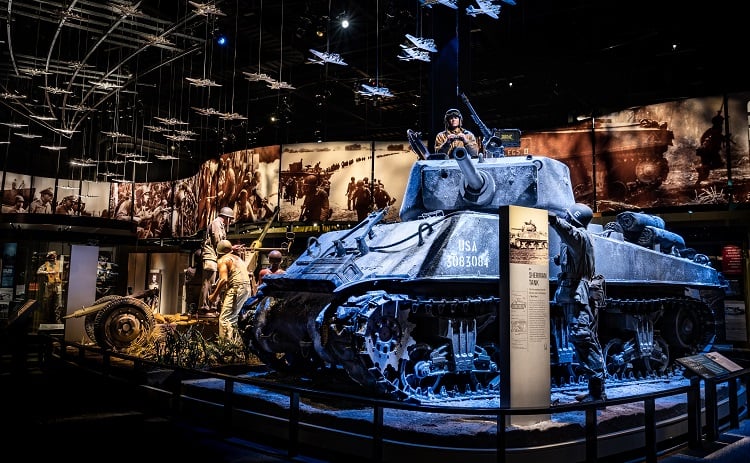
In the end, nearly 500 Source 4WRD profiles were installed in the museum. These fixtures are used for layering light and primarily used in static applications. For fixtures that needed synchronized show lighting programming, Available Light utilized ColorSource Spot luminaires. Each gallery has a cue server with a single universe of control.
In addition to the resulting shake-up from all new specs for the LED fixtures, the Covid-19 pandemic also threw the team for a loop near the project’s end. Available Light was on site for a handful of days in February 2020 and then had to pause the project when global lockdowns started taking place.

Available Light was able to resume their work at the end of July, ultimately completing the lighting installation well in advance of the schedule. The National Museum of the United States Army held a virtual opening in November of 2020, on Veterans Day. And now, the museum is open to the public with safety protocols and a strong visitorship.
After working on the National Museum of the United States Army for 10-plus years, focusing on such emotionally charged designs, seeing the project cross the finish line was a triumphant milestone, to say the least. “So many talented people were involved in the design and implementation,” says Rosen. “We are incredibly proud of the final product visitors see today in the museum.”
Check out the video tour below to see more of the museum’s interior.
National Museum of the U.S. Army Tour from Available Light on Vimeo.



